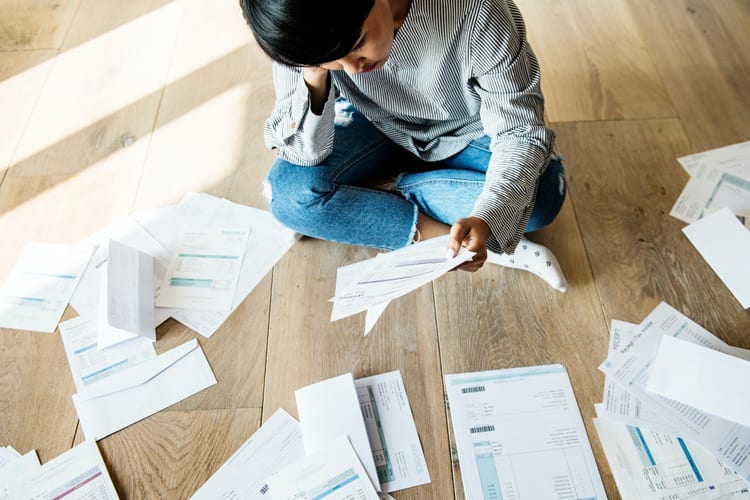Coronavirus Personal Hardship Loans Explained

 Disclosure: We’re letting you know that this post contains sponsored links which The Smart Wallet receives compensation for, which may impact their order of appearance. This site doesn’t include all available offers.
Disclosure: We’re letting you know that this post contains sponsored links which The Smart Wallet receives compensation for, which may impact their order of appearance. This site doesn’t include all available offers.
For some, the economic downturn from the coronavirus is the most significant crash of their adult lives. Others can look back to the last major recession, just more than a decade ago. An unprecedented amount of Americans are struggling economically, many of whom never fully recovered from 2008.
Unprecedented times call for equal solutions. The federal government passed the largest stimulus bill in American history, the $2.2 trillion CARES Act, in response. Millions of Americans faced delayed relief checks or mismanaged small business loans though and needed other solutions.
As a result, credit unions and banks have come up with their own alternative: coronavirus hardship loans.
What Are Coronavirus Hardship Loans?
The federal government introduced two forms of aid: cash payments to individuals and disaster-related loans to businesses. Coronavirus hardship loans, in a way, are like what the government provided for small businesses, but for individuals instead. They’re personal loans by definition but linked to the ongoing world crisis.
These personal loans have become very popular very fast. More than 80 percent of credit unions offer some form of personal hardship loan as a result of the pandemic, according to the Credit Union National Association. In many cases, these loans come with no fees and deferred interest or payments. Some banks, including PNC and U.S. Bank, are offering hardship loans too.
On top of credit unions designing specific personal loans, you can use online lenders for a streamlined experience. Sites like OppLoans and Credible offer affordable personal loan options, although they don’t have anything coronavirus-specific.
Does a Coronavirus Personal Hardship Loan Make Sense?
Personal loans can be a good way to secure some financial relief. Most personal loans have lower interest rates – much lower than credit cards, for instance – and take one to five years to mature. Taking out a personal hardship loan can provide a lot of financial flexibility if your back is against the wall.
Plus, a hardship loan would provide fast aid. Compared to the slow rollout of some stimulus checks, an immediate boost would provide major help to a lot of people. No two situations are exactly the same, but hardship loans could make sense for plenty of struggling Americans.
Anyone going through financial issues should be wary of taking on a loan, of course. A loan is a debt, and if you already have a lot of outstanding you probably shouldn’t be looking to take on more.
Appraising your own finances and comparing personal loan rates should be your first step if you’re considering taking out a coronavirus hardship loan. If it works for you, it can be a way to find relief amid so much uncertainty.









